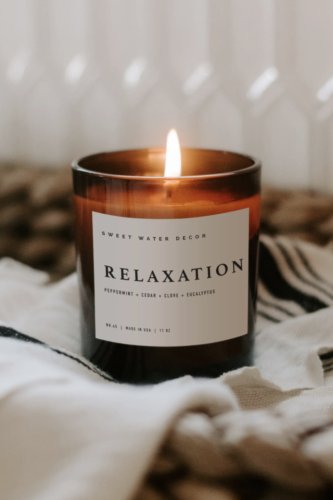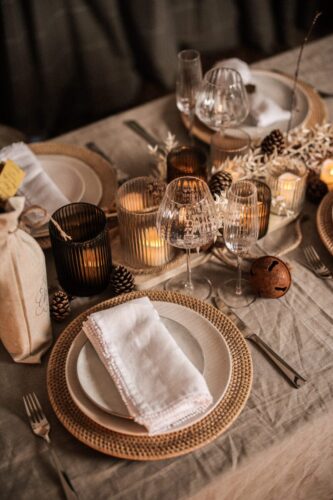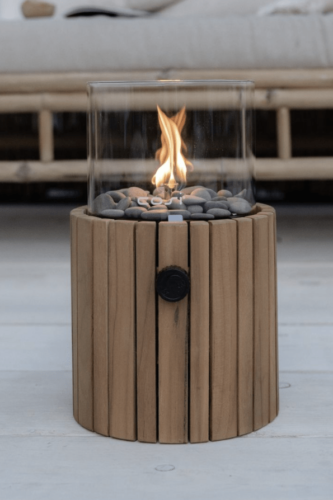How to Design a Functional Sustainable Kitchen: From Newbies to Pros
The kitchen is the best place to start making your home greener. And, eating green is just the beginning!
By finding more environmentally friendly alternatives to standard appliances and utility systems, as well as by developing greener habits, you will reduce your carbon footprint. Here are a few great tips that will help you build and maintain a sustainable kitchen.
Everlasting Design
Longevity is an integral part of sustainability. If there’s a lot to replace or re-do, it’s no good. The more resources you need to manufacture replacements, the less sustainable your kitchen is.
Manufacturers may need to use more toxins in order to paint, seal, or finish the products. Shipping and transportation also require more fuel. You need a long-view approach.
You’d want your kitchen to be as beautiful, functional, and comfortable now, as it will be 10, 15, and even 20 years down the road. In order to achieve that, make sure your kitchen design won’t need upgrades anytime soon.
Reface Cabinetry When Possible
The process usually requires very little wood – less than a single tree’s worth. Moreover, the end result should look the same as custom cabinetry. You’ll also be left with stronger, more durable cabinets, thanks to the reinforcement process.
If you don’t plan on making major changes to your kitchen layout, this is a sustainable design choice. However, this doesn’t go for all cabinets. Your design consultant should be able to help you determine whether you should reface or replace your cabinets.
Energy Efficiency
These days, it’s all about saving energy. Labels make all the difference. For instance, the Energy Star label indicates that the product is energy efficient. You can rest assured it will save you money over time.
You can even use the Energy Star calculator to determine how much you can save. Of all the rooms in your home, chances are, your kitchen consumes the most energy. To ensure the appliance has low chemical emissions, look for a Greenguard label.
Labels like Forest Stewardship Council and Follow the Frog indicate that the product is green and sustainable. As for plumbing fixtures, they should have the WaterSense label.
But, your efforts shouldn’t end with labels. Research anything you don’t understand. Make sure to ask questions as well. If you cannot find all the information on a certain product, go with another one.
You can adjust the light wattage by adding dimmer switches. Also, install LED bulbs where possible. Even though they are a bit pricier, they are designed to save energy. You are sure to get more than your money’s worth.
Led lights also last much longer than incandescent bulbs. By installing touch-free faucets with automatic shut-off, you can minimise water waste.
Make sure your HVAC system and ductwork are properly configured. Old ducts can cause poor air quality, ventilation, and temperature regulation. All of that translates to high utility bills and a huge waste of energy. Faulty ductwork can create an unhealthy and unsafe cooking environment.
By configuring your ductwork properly, you’ll minimise the danger of fire and you’ll make sure your air is free of dust, pollen, allergens. All the changes on the surface won’t mean much unless you take care of the lungs of your kitchen first.
No-Voc Finishes
Volatile organic chemicals have a negative impact on both indoor and outdoor air quality. To minimise pollution all around, go with finishes that are zero or low VOC. In terms of durability and quality, low-VOC paints are equal to or better than oil-based paint.
However, you must be careful. Even though the base paint may be low-VOC, the tinting process can significantly increase VOC levels. Exercise caution. Brands that have no VOC and have shown to perform well include Behr, Yolo Colorhouse, Sherwin Williams, and Benjamin Moore.
Eco-friendly Habits
Sustainable design goes hand in hand with green habits. You need to reassess your cleaning and cooking habits. Your kitchen won’t do all the work for you. We are all guilty of practising some unhealthy habits. However, changing them is easier than one would think.
Some are even fun. For instance, you can learn how to preserve summer fruit and veggies. It’s a cost-effective and sustainable hobby that can add a quaint touch to your kitchen. Some other suggestions would be to:
- Upcycle
- Recycle
- Organise: create a disposal area and section it off into waste and recyclable items.
- Cut down on linen. To save water for washing, get rid of runners, tablecloths, and seat cushions
- Avoid plastic when you can
- Use products that are compostable or biodegradable
When it comes to cleaning, pretend you’re living in the 19th century (to some degree). Don’t worry, it doesn’t mean you should be oblivious to the existence of germs.
It means you should stick to vinegar, lemon juice, and baking soda. These are excellent cleaning agents that are good for the environment. Even though they seem old fashioned, they have stood the test of time.
Conclusion
A sustainable kitchen isn’t just approved by Mother Nature but is also cost-efficient. Even though sustainability and efficiency are the priority, it doesn’t mean you have to neglect the aesthetics. You still get to employ your creativity in a quaint and ‘old-school’ manner.

Kevin Jefferson is a thirty-something single dad in the middle of renovating his home. Having decided to finally tackle the project of a lifetime last year, he’s had all manner of adventures around the place and finally decided to start writing on his blog Plain Help to share his adventures in tinkering around the house with the world.









